11th Kaunas Biennial / 11-oji Kauno bienalė [ENG/LT]

ENG
The 11th Kaunas Biennial There And Not There will open on 15 September 2017 and will question the notion of monument: what, when and why should a monument be or not be. While opposing the populist practice of removing-erecting and conservative traditionalism, prevalent in the memory discourse of public art in Lithuania, the Biennial will stimulate and legitimise new, contemporary, conceptual, and relevant ideas and strategies of remembrance. The exhibition will take place in public spaces of the city. The 11th Biennial curator and artist Paulina Pukytė has invited artists from Lithuania, Germany, Slovenia, Great Britain, Japan, the Netherlands, South Africa, and Poland to make site-specific installations for Kaunas. The Kaunas Picture gallery will host three supporting exhibitions. Coming Or Going (curator Laima Kreivytė) will show how Lithuanian artists have engaged with existing, former and potential monuments in the past two decades in Lithuania. What Are Monuments Made Of (curator Udi Edelman) will present a collection of videos by international artists dealing with monuments. The Biennial is also very happy to show, for the first time in Lithuania, a project by Sophie Calle, the world renowned and one of the most important conceptual artists of today. On 16 and 17 September open talks and discussions on monuments and commemoration will take place, with celebrated guest speakers such as James E. Young, Jochen Gerz, Horst Hoheisel, and others (curator of the Oral Programme Dr. Rasa Antanavičiūtė).





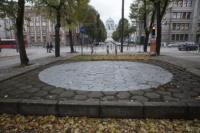






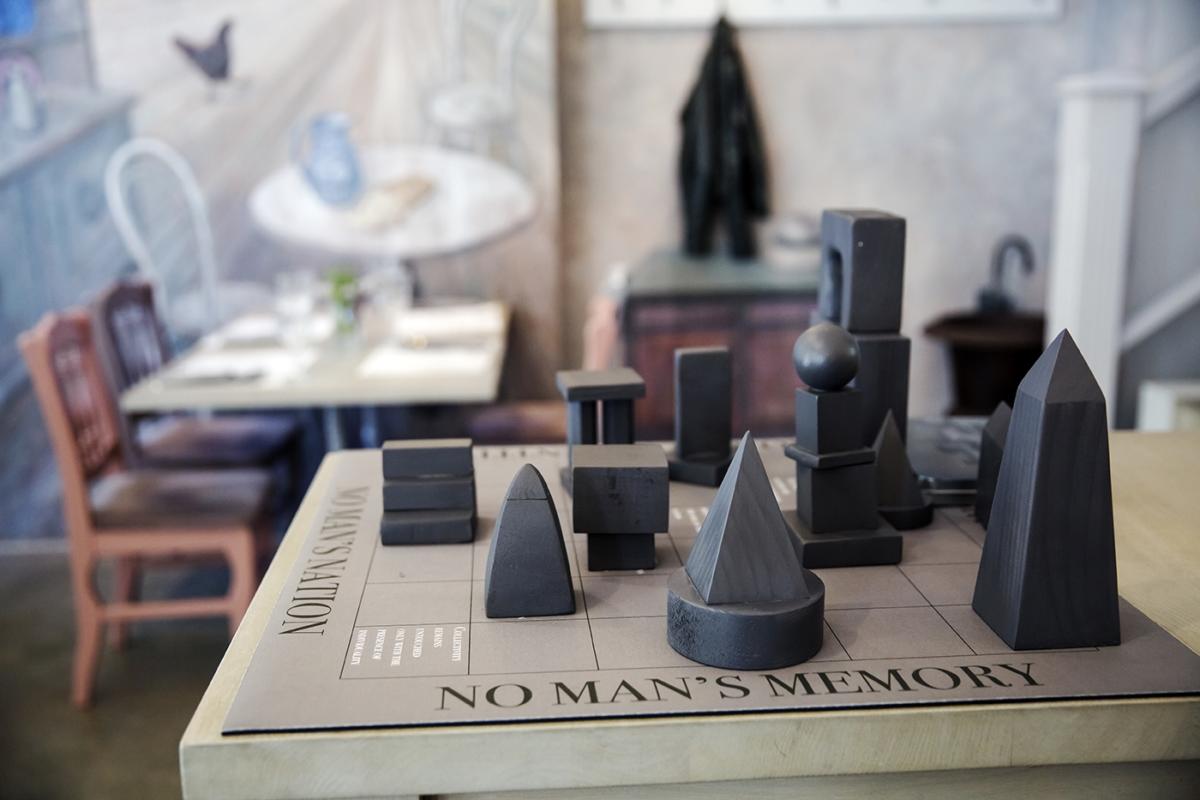
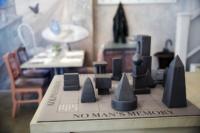


When Lithuania broke free from Soviet rule a quarter of a century ago, it hurriedly removed all monuments that had anything to do with communist ideology or Soviet occupation. Then, with the same hastiness, we rebuilt the national monuments that the Soviets had destroyed and erected some new ones, albeit exactly in the same style and of the same content. After paying that debt to the past (as if correcting the mistakes of history), we might have hoped that new monuments would be more conceptual, relevant and diverse, and the remaining ideologically dated or controversial public sculptures would be re-contextualised and acquire new meanings. However, apart from several successful but temporary public art projects and a few less traditional monuments, this hasn’t happened. In fact, we are experiencing a regression – in recent years the few remaining specimens of Soviet sculptural heritage were removed (arguably the last example of Social Realism in Lithuania succumbed to populist political manipulations), and there is a growing urge to erect even more traditional bronze heroes, as well as demands to memorialise freedom by simply adopting totalitarian and imperial tradition. And here in Kaunas, in the turbulence of the mid-twentieth century, my grandfather, as a young man, together with other 34,000 other Jews (a quarter of all pre-war Kaunas population), vanished without a trace. When you walk around Kaunas, almost nothing reminds you that they all lived here, that they were all murdered, and why. But how to remember what is NOT THERE? How not to forget what is THERE? How to forget? How to commemorate something we wish had not been? And, in the face of over-saturation, what monuments do we really need and why do we need them at all?
The 11th Kaunas Biennial seeks to oppose the populist practice of removing/erecting and the conservative traditionalism prevalent in monument discourse in Lithuania, and to stimulate and legitimise radically new, contemporary, conceptual, relevant ideas and forms of commemoration, inviting us to look back at removed monuments, rethink existing monuments, and imagine new monuments.
Paulina Pukytė, curator of the 11th Kaunas Biennial

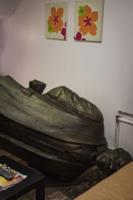







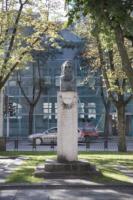


LT
11-oji Kauno bienalė siekia oponuoti populistinei paminklų griovimo–statymo praktikai ir jų konservatyviam tradicionalizmui, taip pat paskatinti bei legitimuoti radikaliai naujas, šiuolaikiškas, konceptualias, aktualias paminklinimo formas ir strategijas, kviesdama atsigręžti į buvusius, permąstyti esamus ir įsivaizduoti galimus paminklus.

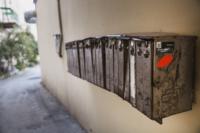










Prieš ketvirtį amžiaus Lietuva, išsivadavusi iš Sovietų Sąjungos nelaisvės, skubiai nuvertė socializmo-komunizmo ideologiją ir sovietų okupaciją šlovinančius paminklus. Taip pat skubiai buvo imtasi ne tik atstatyti daugumą okupacijos metais nugriautų tautinių paminklų, bet ir pristatyti naujų, tačiau visai tokių pat tiek savo forma, tiek turiniu. Tokiu būdu atidavus duoklę praeičiai (tarsi ištaisius istorijos klaidas), galima buvo tikėtis, kad mūsų viešosiose erdvėse įsivyraus šiuolaikiškesnis menas; kad jei atsiras naujų paminklų, jie bus konceptualesni, įtaigesni, įvairesnio turinio, o dar likusios ideologiškai pasenusios ar prieštaringos skulptūros bus rekontekstualizuotos ir įgaus naujas prasmes. Tačiau, neskaitant keleto sėkmingų, bet laikinų meninių projektų, vienos kitos abstrakčios skulptūros (kurių plačioji publika atvirai nekenčia) ir keleto naujų netradicinių paminklų, viešojo meno šiuolaikėjimas didesnio pagreičio neįgavo, o ilgainiui, regis, visai išblėso. Iš tiesų išgyvename regresą – pastaraisiais metais ne tik suaktyvėjo kur ne kur dar išlikusio tarybinių laikų skulptūrinio paveldo beatodairiškas griovimas (populistinių-politinių manipuliacijų neatlaikė ir Žaliojo tilto skulptūros, bene paskutinis viešas socrealizmo stiliaus kūrinys Lietuvoje), bet ir vėl pakilo tradicinių paminklų statymo banga: pasinaudojant artėjančiu Lietuvos valstybės atkūrimo šimtmečiu siūloma kuo skubiau pastatyti ar pasodinti kuo daugiau bronzinių didvyrių. Laisvę reikalaujama įamžinti tiesiog atkartojant ne vien romantinę, bet ir totalitarizmo, imperinę paminklų tradiciją. O čia, Kaune, XX amžiaus vidurio mėsmalėje, kartu su kitais 34 tūkstančiais žydų (ketvirtadaliu visų prieškario Kauno gyventojų) be pėdsako išnyko mano jaunas senelis. Vaikščiojant po Kauną beveik niekas neprimena, kad jie visi čia gyveno, kad visi buvo nužudyti ir kodėl tai įvyko. Bet kaip prisiminti tai, ko NĖRA? Kaip neužmiršti to, kas YRA? Kaip užmiršti? Kaip įamžinti tai, ko norėtum, kad nebūtų buvę? Dabar, kai gresia persisotinimas paminklais, kokių ir kodėl mums jų reikia?
Paulina Pukytė, 11-osios Kauno bienalės kuratorė




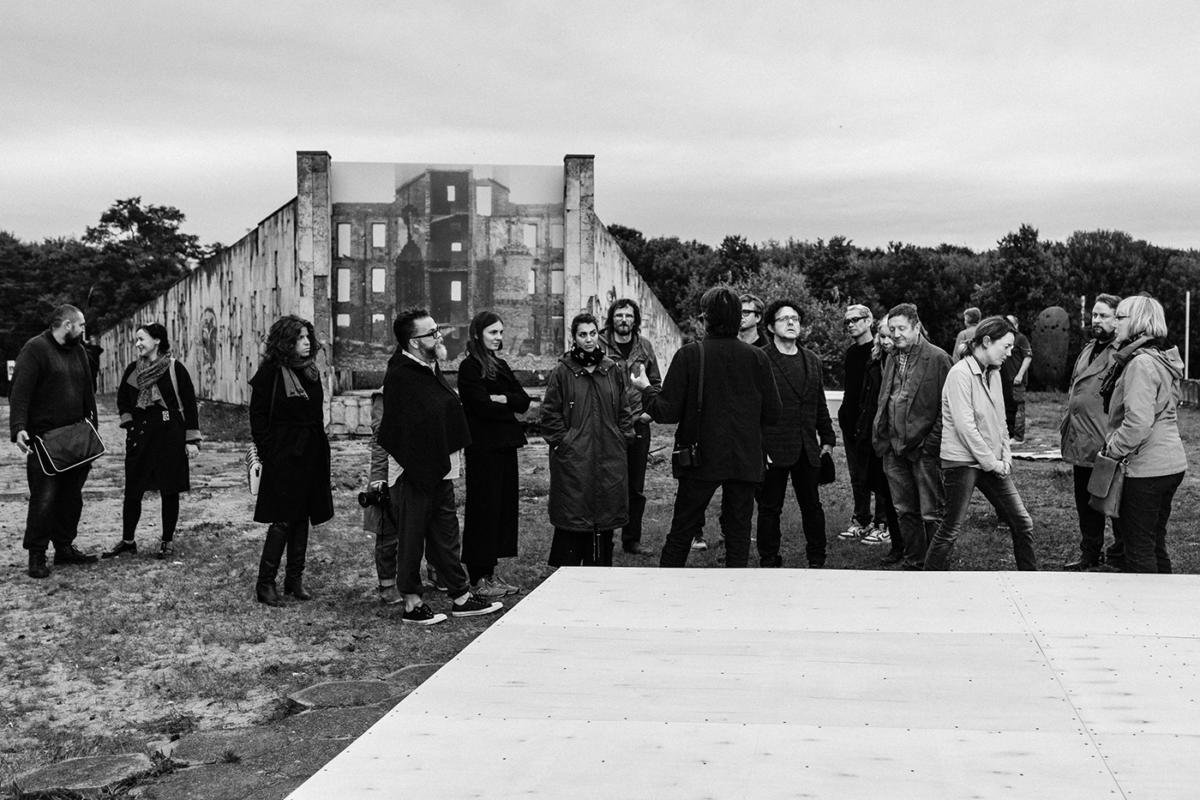

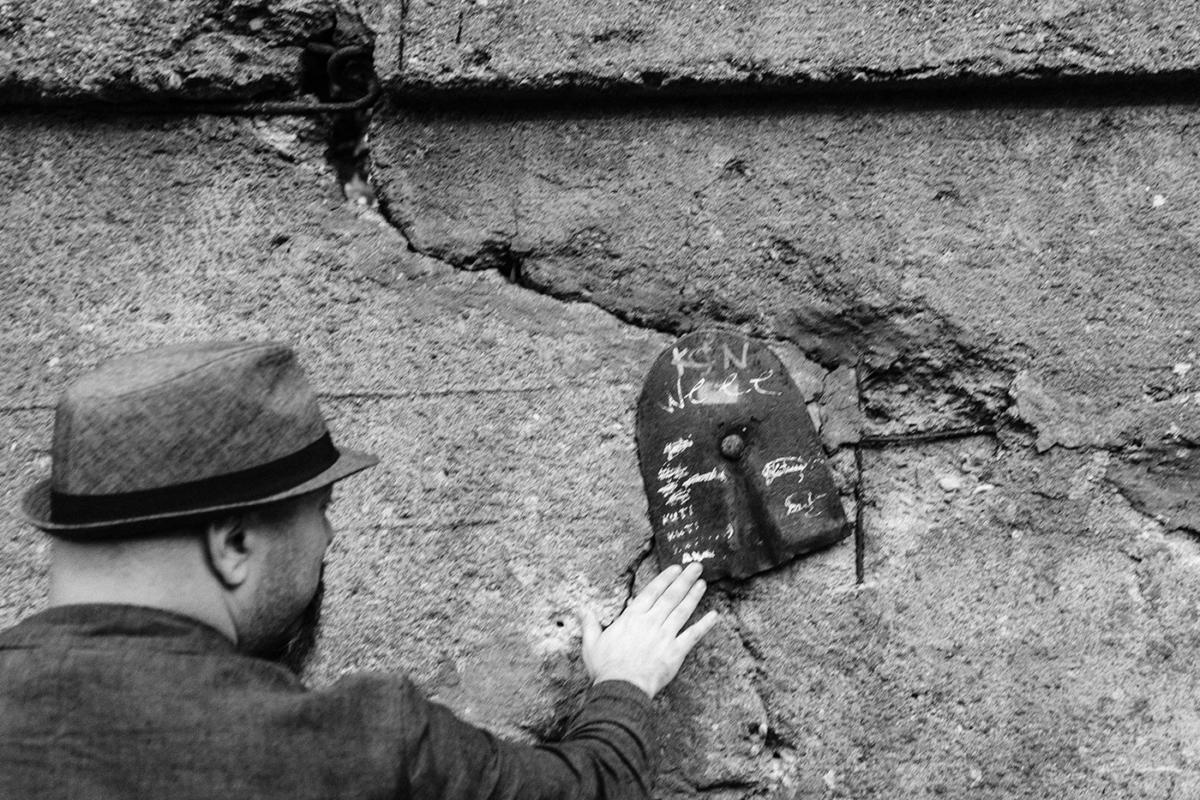





Antipaminklas priešinasi tradicinei didaktinei paminklų funkcijai, juose įkūnytam demagogiškam stinguliui ir autoritariniam polinkiui paversti žiūrovus pasyviais stebėtojais. (James E. Young)
Przypisy
Stopka
- Osoby artystyczne
- Adina, Manca Bajec, Karolina Freino, Allard van Hoorn, Jenny Kagan, Horst Hoheisel & Andreas Knitz, Jonas Oškinis & Raimundas Krukonis, Juozas Laivys, Dainius Liškevičius, Anton Lukoszevieze, Philip Miller, Tatzu Nishi, Paulina Pukytė, Juozas Zikaras. Special guest: Sophie Calle
- Wystawa
- 11th Kaunas Biennial / 11-oji Kauno bienalė
- Miejsce
- Kaunas, Lithuania / Kaunas, Lietuva
- Czas trwania
- 15.09–30.11.2017
- Osoba kuratorska
- Paulina Pukytė
- Strona internetowa
- bienale.lt/2017









